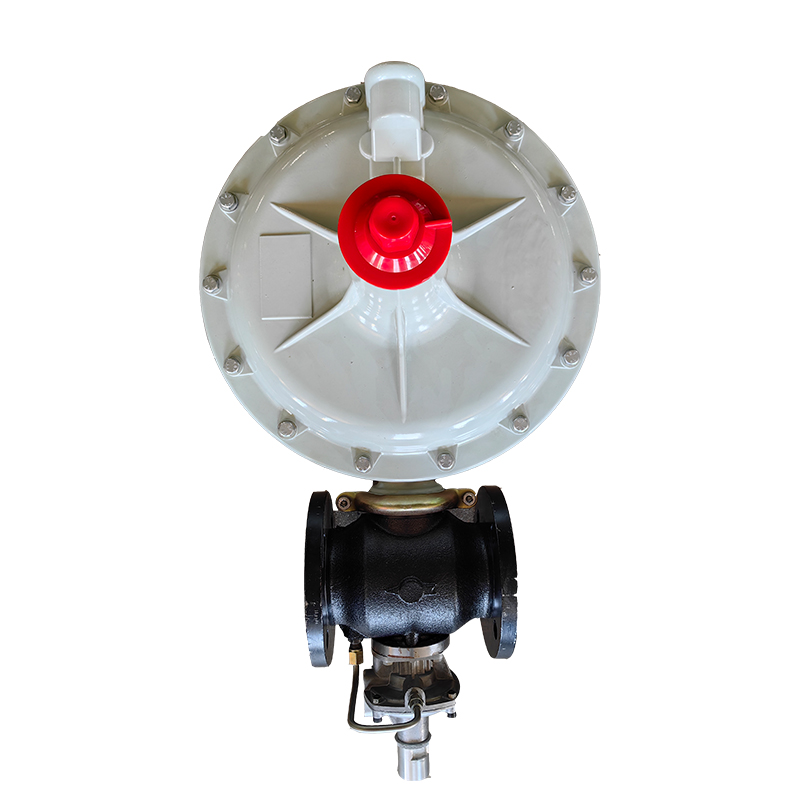
Dec . 26, 2024 16:31
Back to list
Heat Exchanger Designs for Gas Applications and Efficiency Improvements
Heat Exchanger for Gases Principles, Types, and Applications
Heat exchangers play a crucial role in various industrial processes, particularly in managing thermal energy transfer between gases. A heat exchanger for gases is designed to optimize heat transfer efficiency while minimizing energy loss. This article will explore the principles, types, and applications of gas heat exchangers.
Principles of Gas Heat Exchangers
The fundamental principle behind a heat exchanger is the transfer of heat between two or more fluids at different temperatures. In a gas heat exchanger, one gas is typically heated, while another gas is cooled. The efficiency of a heat exchanger is governed by several factors, including the temperature difference between the gases, the surface area of the heat transfer surfaces, and the flow arrangement of the gases.
Heat exchangers can operate under two primary configurations counterflow and parallel flow. In a counterflow arrangement, the two gases move in opposite directions, allowing for a greater temperature differential and more efficient heat transfer. In contrast, parallel flow heat exchangers have the gases flowing in the same direction, which can limit the heat transfer potential, especially if the temperature difference decreases significantly along the length of the exchanger.
Types of Gas Heat Exchangers
There are several types of heat exchangers specifically designed for gas applications, each with unique features and benefits
1. Shell and Tube Heat Exchangers These consist of a series of tubes, with one gas flowing through the tubes and the other gas passing around them within a shell. This design allows for significant surface area for heat exchange while occupying a relatively small footprint.
2. Plate Heat Exchangers Composed of many thin plates stacked together, these exchangers have a large surface area that promotes efficient heat transfer. The design permits easy cleaning and maintenance, making them popular in industrial applications.
مبادل حراري للغاز

3. Air-Cooled Heat Exchangers Utilizing ambient air to cool gases, these heat exchangers are commonly used in processes where water is not readily available. Fans or natural convection promote airflow over the heat exchanger surfaces, facilitating heat transfer.
4. Direct Contact Heat Exchangers In this design, the two gases come into direct contact to exchange heat. While less common, this type can be highly efficient, particularly in scenarios where the gases have no risk of contaminating each other.
5. Regenerative Heat Exchangers These devices temporarily store heat from one gas and release it to another later. This process helps recover and reuse energy, increasing overall system efficiency.
Applications of Gas Heat Exchangers
Gas heat exchangers are extensively applied across numerous industries, including
- Power Generation In power plants, gas heat exchangers facilitate the recovery of waste heat from exhaust gases to preheat combustion air, leading to improved thermal efficiency. - Chemical Processing Heat exchangers are vital in various chemical reactions where temperature control is critical. They can also be used to recover heat from exothermic reactions. - HVAC Systems In heating, ventilation, and air conditioning systems, heat exchangers transfer heat between incoming fresh air and returning stale air to optimize energy usage. - Oil and Gas Industry Gas heat exchangers are used to manage the heat involved in various processes, including gas processing and compression, to ensure efficiency and safety.
Conclusion
In summary, gas heat exchangers are essential components in a wide array of industrial applications. Their design and operation principles aim to maximize heat transfer efficiency, which is critical for reducing energy consumption and environmental impact. The choice of heat exchanger type depends on the specific requirements of the application, including the nature of the gases involved, operating temperatures, and space constraints. As industries continue to emphasize sustainability and energy efficiency, the role of heat exchangers will only grow more significant.
Next:
Latest news
-
Safety Valve Spring-Loaded Design Overpressure ProtectionNewsJul.25,2025
-
Precision Voltage Regulator AC5 Accuracy Grade PerformanceNewsJul.25,2025
-
Natural Gas Pressure Regulating Skid Industrial Pipeline ApplicationsNewsJul.25,2025
-
Natural Gas Filter Stainless Steel Mesh Element DesignNewsJul.25,2025
-
Gas Pressure Regulator Valve Direct-Acting Spring-Loaded DesignNewsJul.25,2025
-
Decompression Equipment Multi-Stage Heat Exchange System DesignNewsJul.25,2025

